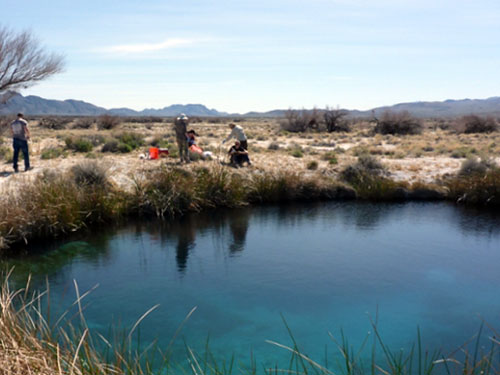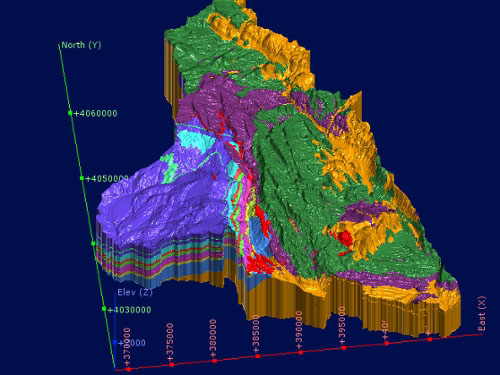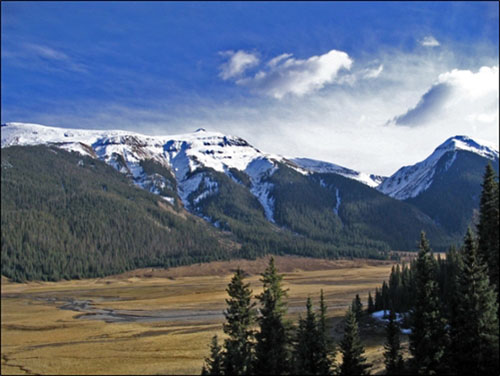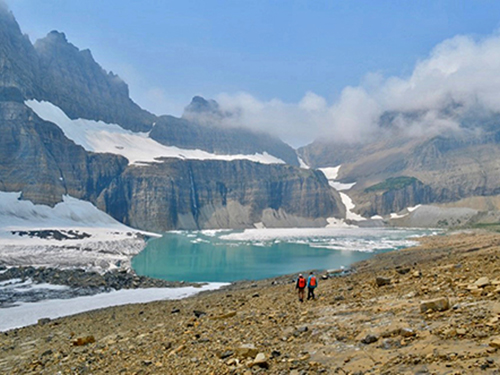Dr. Frisbee's Groundwater/ Surface Water Interactions Group
What Is Hydrology and What Do Hydrologists Study?
Hydrology is a multidisciplinary field of study. As a hydrologist, our research often bridges disciplines such as geoscience, environmental geoscience, engineering geology, planetary science, atmospheric and climate science, civil engineering, soil science, agronomy, and ecology to name a few. I encourage my students to take advantage of the multidisciplinary opportunities available in the hydrosciences in their own research. Opportunities are not simply limited to careers in academia or research; many students with degrees in hydrosciences pursue careers in industry working in environmental consulting, state and federal water management agencies, National Parks, National Forests, EPA, USDA, etc. Working in the hydrosciences is a rewarding career with a stable future. People need water and with ever-increasing demands on water resources, there is an increased need for good hydrologists.
What Does Dr. Frisbee Study?
I study groundwater/surface-water interactions. In particular, I am interested in the role that groundwater plays in streamflow and springflow generation, the response to landscape perturbations such as climate change and land-use/land-cover change, the functioning of aquatic ecosystems, and the geomorphic evolution of watersheds. Some of my students are establishing relationships between hydrological, geochemical, and ecological metrics to understand what factors determine the resilience of desert spring ecosystems to landscape change on tectonic and climatic time-scales. Other students are quantifying the role of groundwater in the geomorphic evolution of watersheds and its impact on the response to climate and landscape changes, and other students are searching for new and exciting natural tracers to better understand hydrological connectivity in mountainous watersheds. All of these projects are aimed at providing a more complete understanding on the time-scales of hydrological change in a rapidly changing world.



